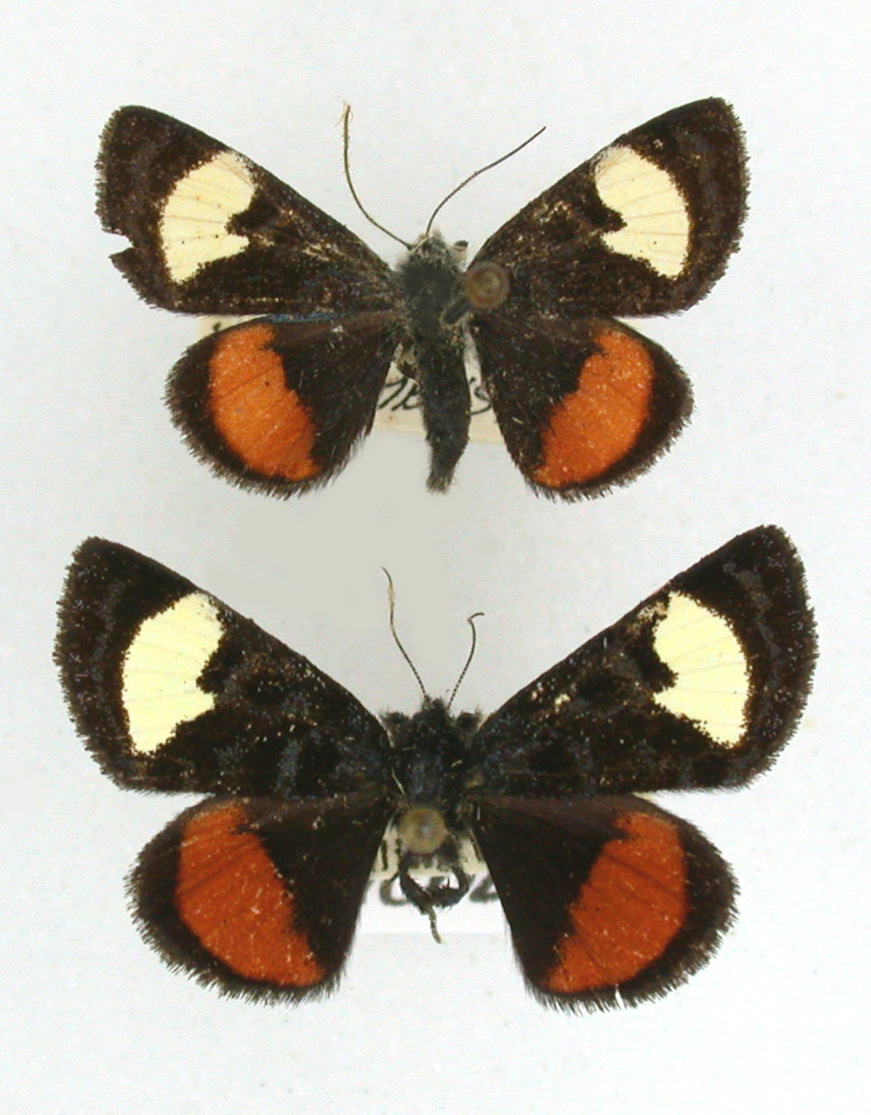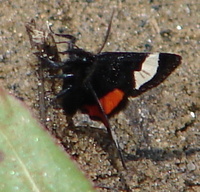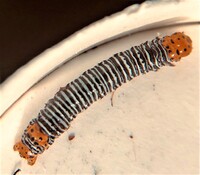« |
Home |  » » |
| View PDF | Noctuidae Members: | Psychomorpha Members: | 14 NC Records |
|---|
Psychomorpha epimenis (Drury, 1782) - Grapevine Epimenis |
 view caption |  |  |
Photo Gallery for Psychomorpha epimenis - Grapevine Epimenis | Photos: 10 |
| Moths of North Carolina |
« |
Home |  » » |
| View PDF | Noctuidae Members: | Psychomorpha Members: | 14 NC Records |
|---|
Psychomorpha epimenis (Drury, 1782) - Grapevine Epimenis |
 view caption |  |  |
Photo Gallery for Psychomorpha epimenis - Grapevine Epimenis | Photos: 10 |